-
TrackoBit
Manage commercial vehicles with the new-age Fleet Management Software
TrackoBit -
TrackoField
Streamline your scattered workforce with Field Force Management Software
TrackoField -
Features Resources
-
Blog
Carefully curated articles to update you on industrial trends. -
White Paper
Insightful papers and analysis on essential subject matters. -
Glossary
Explore an alphabetical list of relevant industry terms. -
What’s New
Get TrackoBit & TrackoField monthly updates here. -
Case Study
Explore the cases we solved with our diverse solutions. -
Comparisons
Compare platforms, features, and pricing to find your best fit.
-
About Us
Get to know TrackoBit: our team, ethos, values, and vision. -
Careers
Join the most dynamic cult of coders, creatives and changemakers. -
Tech Support
Learn about our technical support team and services in detail. -
Events
Check out the exhibitions where we left our marks and conquered. -
Contact Us
Connect with us and let us know how we can be of service.
Decoding Last Mile Delivery Costs & Tips for Optimization
- Author:Tithi Agarwal
- Read Time:9 min
- Published:
- Last Update: January 7, 2026
Table of Contents
Toggle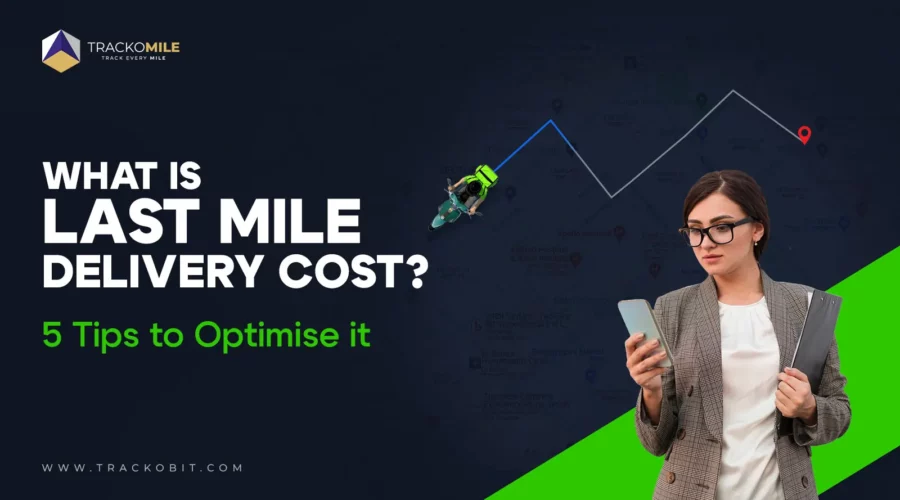
Tired of battling rising last mile delivery costs and looking for a respite? Here are 5 proven ways to minimise last mile costs and maximise profits.
Table of Contents
ToggleTo achieve same-day delivery, companies are pushing their budgets. Companies are on their toes trying to keep up with customer expectations. The last-mile segment is already the most expensive leg of the supply chain. And when trying to adopt every trend can be expensive.
Using last mile delivery software can help you curb your expenses. It does so while maintaining consumer satisfaction.
Let’s uncover all the last-mile costs attuned to every process, from dispatching to final delivery.
At the bottom, you will find 5 proven ways to achieve optimised deliveries, too (so stick around).
What are Last mile Costs?
The last-mile cost is an investment that is pumped into the final step of the delivery process, which starts from the distribution centre and ends at the final consumer. The importance of seamless last mile process cannot be neglected, as it helps to achieve customer satisfaction.
Implementing a cost-effective and efficient system helps build brand loyalty. However, if last-mile process is not executed efficiently, it can result in massive losses in the form of financial damage, poor brand reputation, and bad customer experience.
But how much is too much when it comes to last mile service?
How Much Does Last-Mile Delivery Cost?
If not controlled properly, the cost of last mile delivery can skyrocket and dent your bottom line. Here are some numbers that prove how expensive expediated last mile delivery can be:
- Last mile costs account for 53% of the total cost of shipping.
- Last mile services account for 41% of all supply chain costs worldwide. This means that half of the shipping and supply chain costs are spent on the final mile.
- The average last mile logistics cost incurred by organisations in 2018 was $10.10 USD, in an estimated last mile market size of $30.2 billion.
- If last mile is not optimised, profits could potentially decline by 26% in three years. This is urging companies to search for new ways to increase efficiency and absorb the costs that are eroding their profit margins.
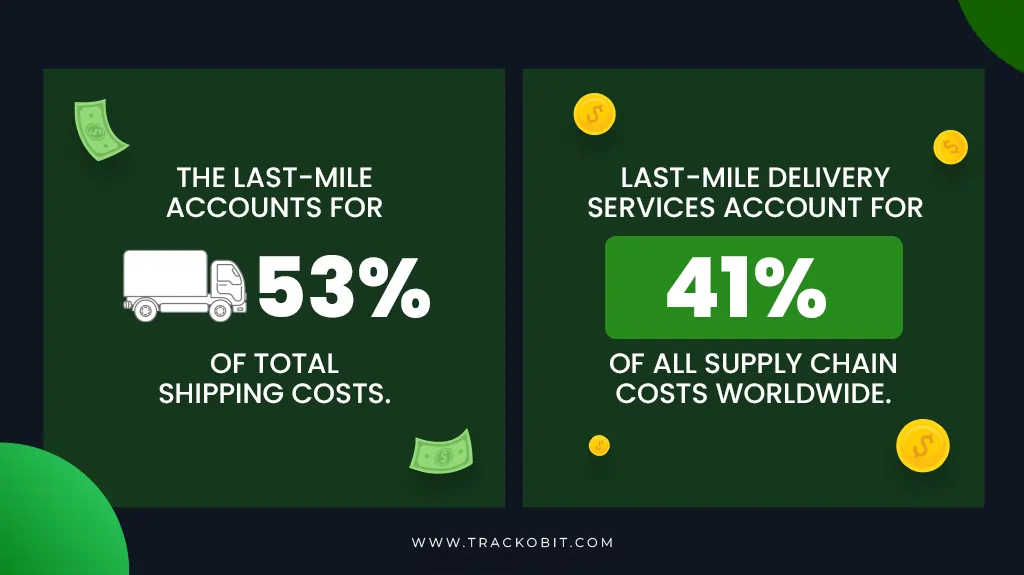
Interesting Last Mile delivery Cost Facts!
Parameters that Drive Last mile Delivery Costs
If you are wondering what factors or parameters are contributing to the high cost of last mile , here is a list!
No more mining reports to find the culprit!
1. Same-day delivery
Same day shipping is the new normal. It is challenging to meet the high standards of customers due to fierce competition. The modern consumer demands same-day shipping and quick (and free) shipment. Businesses are under extreme pressure to streamline operations and optimise routes, which may result in extra expenses. Surging freight expenses and declining profit margins have put the businesses in a difficult situation.
2. Free shipping
According to studies, the majority of consumers want free shipping and are even more likely to cancel an order if it isn’t included in the price. As a result, many businesses have the difficult task of striking a compromise between cost optimisation and free shipping.
3. Failed or late deliveries
If customers’ expectations aren’t met, their unhappy customers will not think twice about leaving a company. In the unlikely event that same-day shipping is not possible, they are left unsatisfied and have no choice but to move their business elsewhere. Due to the abundance of options, customers will choose another retailer and add to their revenues.
Failed or late deliveries mess up customers’ plans for the day because they don’t know when the riders is going to knock at their door. Delivery attempts fail if the customer is not home when the package arrives. When drivers have to make multiple stops along their route, a lot of time is lost, and shipping prices increase.
4. Ineffieint Routing
Lack of route optimisation is seriously costing companies money and deteriorating customer satisfaction. When inefficient routes are assigned to the drivers, the chances of delayed or second attempts go up. Additionally, companies depending on manual routing increase their last-mile costs as it results in 20-25% extra distance travelled.
5. Driver Shortage
Due to the lack of efficient utilisation or allocation of drivers, there can be chances of driver shortage. This will cause companies to hire more riders which adds heavily to the operational costs.
Breaking Down Last Mile Delivery Costs
We have listed the cost-consuming components of last mile brick by brick, or should we say penny by penny?
1. Labor Costs (50%)
The price of hiring drivers for trucks is included in labour costs. According to US Bureau of Labour Statistics data, truck drivers make between $9.43 and $29.39 an hour. Geography and transit time are the only two variables that could affect this price. Compared to ordinary deliveries, the cost of expedited shipping is significantly higher. The price of recruiting the human resources needed for last mile delivery management is also included in labor costs.
2. Fuel Costs (20%)
Up to 25% of the entire cost of last-mile deliveries is attributed to fuel costs. Such costs often rise when you grow your network to serve new areas and clients. Fuel expenses rise along with the distance your delivery trucks travel. Furthermore, fuel costs are subject to change at any time.
It’s called Liquid Gold For a Reason!
3. Delivery Equipment Costs (10%)
The price of obtaining the tools and equipment needed to guarantee the security of goods during transit is another factor driving up the cost of last-mile deliveries. Aside from the expense of equipment, some products, medications, frozen foods, etc.—need special containers or must be kept at specific temperatures throughout storage. Transferring such time-sensitive goods requires the use of specialised cold chain vehicles, which can add to the last mile costs.
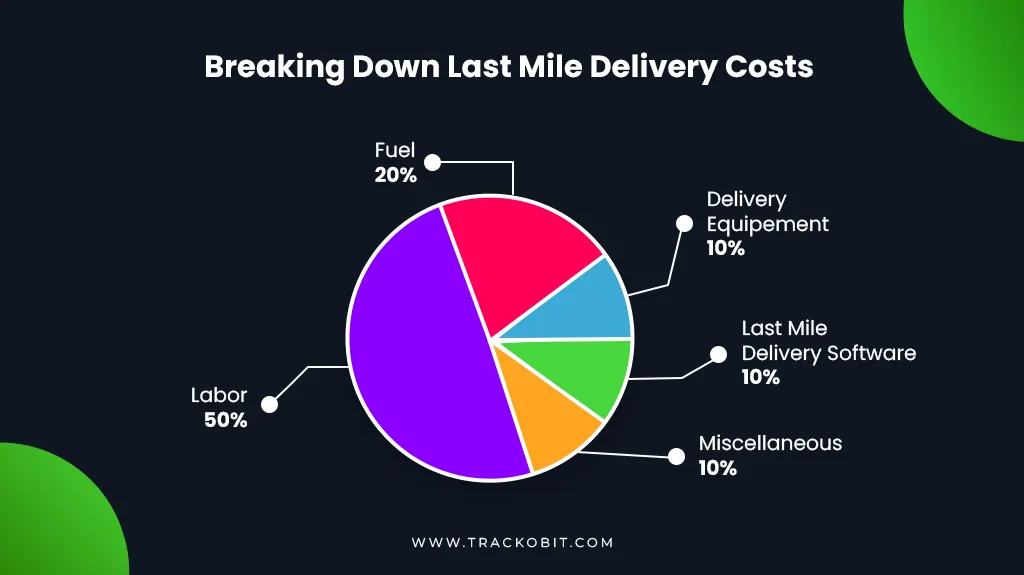
Last Mile Delivery Cost Breakdown
4. Last-Mile Delivery Software Costs (10%)
Conventional last-mile delivery management techniques make it impossible to satisfy consumer expectations and keep up with the most recent delivery trends. As a result, most firms use last-mile software, which costs between 10% and 15% of total last-mile expenses. Optimising end-to-end delivery management processes using last-mile delivery software can reduce expenses and enhance customer satisfaction.
5. Miscellaneous Costs (10%)
Unexpected or unanticipated events may also raise the total cost of last-mile process. This covers the expense of idling the car, rescheduling deliveries, maintaining the car, storing products, and more.
5 Proven Ways To Minimize Last Mile Delivery Costs
After seeing all those expenses and costs, you’re sure to feel stressed. But take a deep breath and chill because TrackoMile is solving the problem for you.
1. Offer Multiple Delivery Options
Provide your customers with the freedom to choose from different delivery options, such as PUDO, white glove delivery, threshold delivery, or slot selection. Let’s take an example to understand how this will reduce last-mile delivery costs.
A customer has placed an order for medicines. Now, it shows that the product will be delivered the next day; however, the customer is not available at his/her place that day. The delivery may fail (due to the customer’s unavailability), resulting in increased last-mile costs.
At this stage, it’s important to realise that speedy delivery isn’t always necessary, whether it be same-day, next-day, or just quick. In this situation, offering an alternative mode (PUDO) or a preferred time/slot is preferable. It will reduce last-mile expenses and raise the likelihood of first-attempt delivery.
2. Optimize Delivery Routes
We cannot stress enough how crucial route optimization is in last-mile service. This one feature alone solves 20ish problems in one go.
Well-optimized routes maximize the number of deliveries per vehicle by considering multiple constraints and completely utilizing a vehicle’s capacity. On the other hand, poor route optimization increases resource utilization and increases the overall last-mile delivery cost.
While planning delivery routes, TrackoMile’s efficient delivery management system considers 120+ parameters, like
- Delivery location,
- Delivery time window,
- Weather condition
- Nature, size, and weight of goods,
- Type of vehicle,
- Driver’s skill,
- Real-time traffic
It designs a route that ensures improved delivery productivity and minimizes empty miles.
Route planning and optimization also include dynamic route planning to accommodate any last-minute requests or changes in the delivery schedule, and design reroutes in seconds to save time, costs, and effort. A smaller number of vehicles on the road means low fuel consumption and CO2 emissions.
3. Minimize Manual Intervention
Order dispatching, rider and order tracking, route planning, selecting an appropriate rider and vehicle, and other tasks can be exceedingly time and money-consuming. Additionally, there is a greater potential for error when last mile processes are managed manually.
A sophisticated delivery management software solution may significantly save labour costs and increase operational effectiveness by automating each of these tasks. Additionally, companies can guarantee jobs will be completed with precision or accuracy.
The software makes it easier to auto-dispatch, choose a driver and vehicle based on various factors, plan the best possible route, and even assist in making data-driven decisions. In addition, it provides real-time tracking to monitor every shipment and get visibility across every stage of operations.
4. Keep Customers Informed
These days, customers are curious about the status of their orders. By giving them access to this information instantly, businesses can uphold openness, win over customers’ confidence, and cultivate a favorable brand image. When this level of transparency is maintained, customers are even prepared to wait for their order if it is delayed for legitimate reasons. Consequently, there would be fewer returns brought on by delayed delivery.
One way to accomplish this is to send consumers an email, Whatsapp, or SMS with real-time delivery tracking links. A smart last mile delivery solution allows consumers to track their orders, see the projected arrival time, and spot every event causing delays. Not only is it crucial to inform customers, but it’s also critical to get their input regarding the delivery process. It gives them a way to provide feedback to the riders.
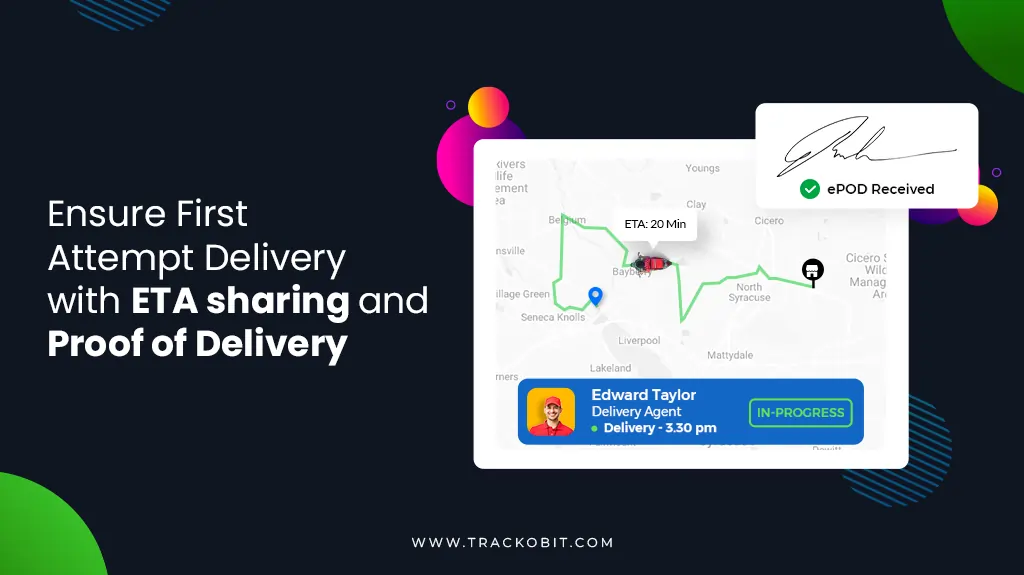
Reduce chances of second-attempt delivery with ETA sharing
5. Make Data-driven Decisions
Having access to real time data is like striking gold. Data analysis can assist a company in comprehending the state of its last-mile deliveries. You can monitor:
- The number of tasks or deliveries finished by each rider
- The average time required to complete a delivery
- The overall distance travelled by the delivery fleet
- The number of missed or failed deliveries and the reason behind it
- The amount of time spent idling a vehicle
Data and insights can help dispatchers uncover inefficiencies that are halting businesses from reaching the pinnacle of last-mile success. This kind of knowledge may not make you feel like God, but it will certainly help you make all the right decisions for effective last-mile plans.
This, in turn, will improve your mile delivery management, which further mitigates problems or situations that negatively influence costs and customer satisfaction. The best part remains that all this is done in seconds with TrackoMile’s insightful and customisable reports and dashboard.
A Penny Saved is a Penny Earned
For businesses in any sector or industry, optimising their daily tasks or procedures is of prime importance because it can ensure that they operate within the set budget and maybe save a few bucks on the side. But saving money becomes even more critical when it comes to the most expensive supply chain leg—last-mile delivery. Last mile costs are one of the main pain points of businesses, and curbing them can be challenging if you don’t know where to begin with.
This is where last mile delivery software comes in, as it helps companies implement strategies, reduce operational costs through automated solutions, and easily gain customer satisfaction.
TrackoMile, a delivery management software, has expertise in optimising and automating day-to-day planning and executing deliveries. It has solutions such as a dispatcher tool, capacity management, route optimisation, rider roster, and insightful reports, which can help optimise operations and minimise last mile costs to a great level.
Frequently Asked Questions
-
What is last-mile delivery?
It refers to the final step in the supply chain process. It is where a package is transported from a distribution hub to the customer’s location.
-
Why is last-mile delivery so expensive?
It is costly due to factors like labor costs, fuel expenses, delivery density, failed attempts, and the growing demand for faster delivery options.
Tithi Agarwal is an established content marketing specialist with years of experience in Telematics and the SaaS domain. With a strong background in literature and industrial expertise in technical wr... Read More
Related Blogs
-
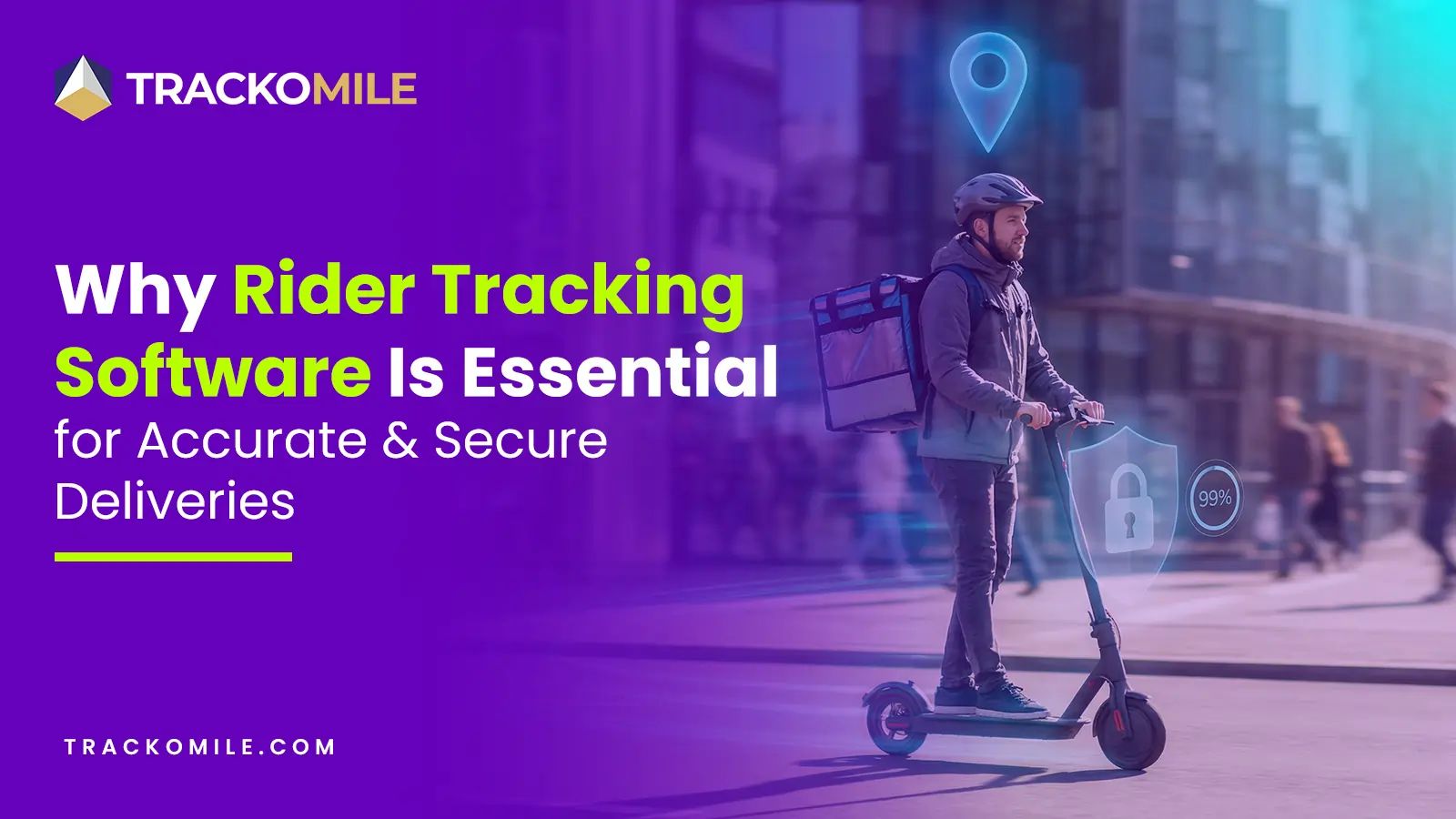
How Rider Tracking Software Improves Delivery Accuracy and Reduces Fraud
Tithi Agarwal December 8, 2025Rider tracking software improves delivery accuracy with real-time GPS visibility and automated ePOD. It also enables route optimisation and fraud…
-
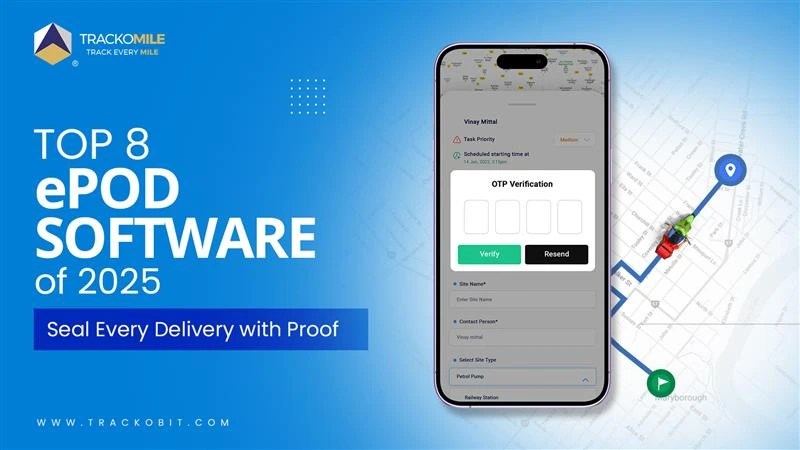
Top Electronic Proof of Delivery (ePOD) Software in 2026
Tithi Agarwal September 25, 2025Electronic proof of delivery has become the backbone of modern logistics. Explore the top 8 ePOD software in 2026 and…
-
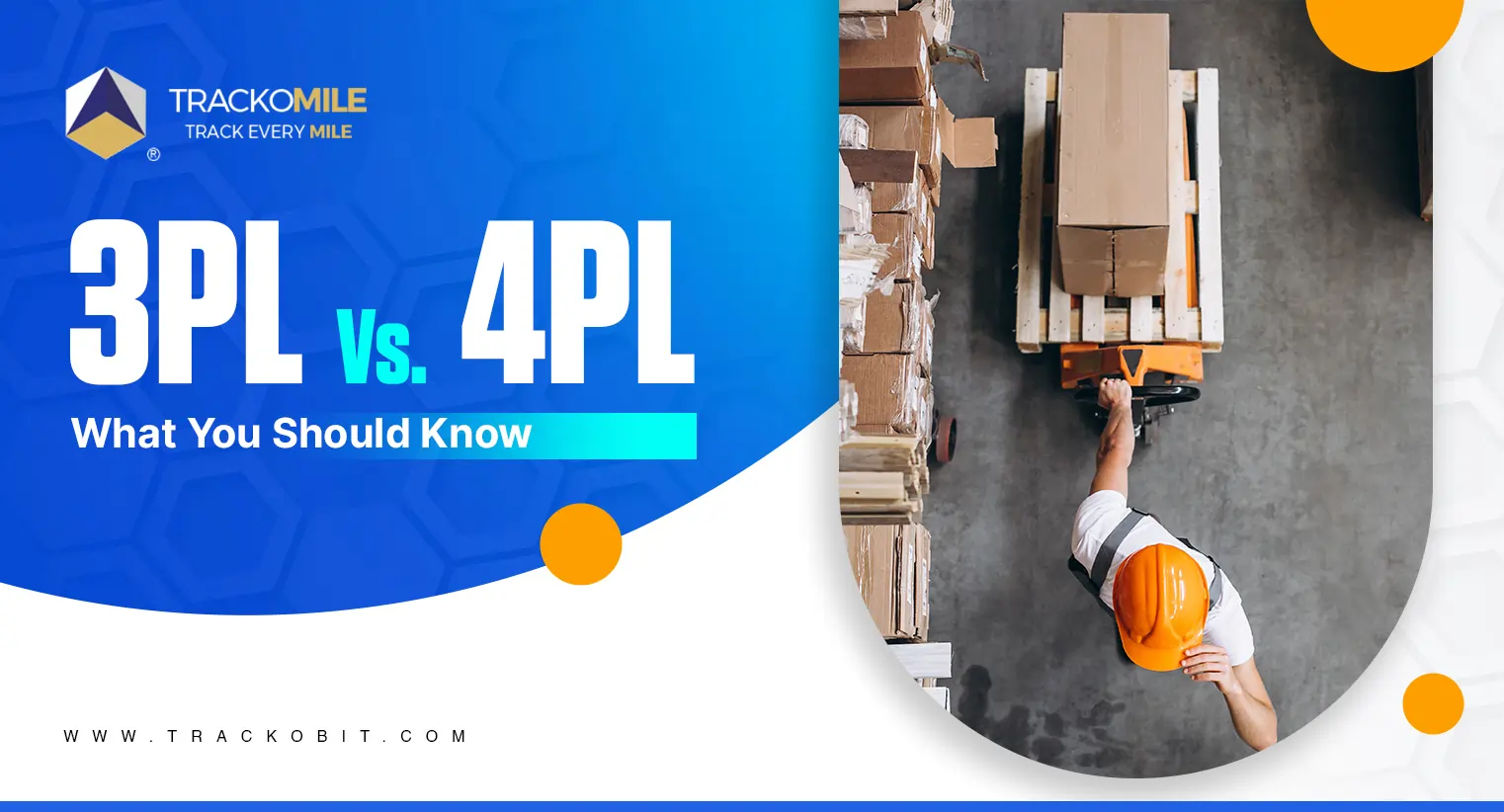
3PL vs. 4PL: Which is Best for Your Business?
Tithi Agarwal September 25, 2024Confused about choosing between 3PL and 4PL for your retail supply chain? Read this blog to find out which is…
-
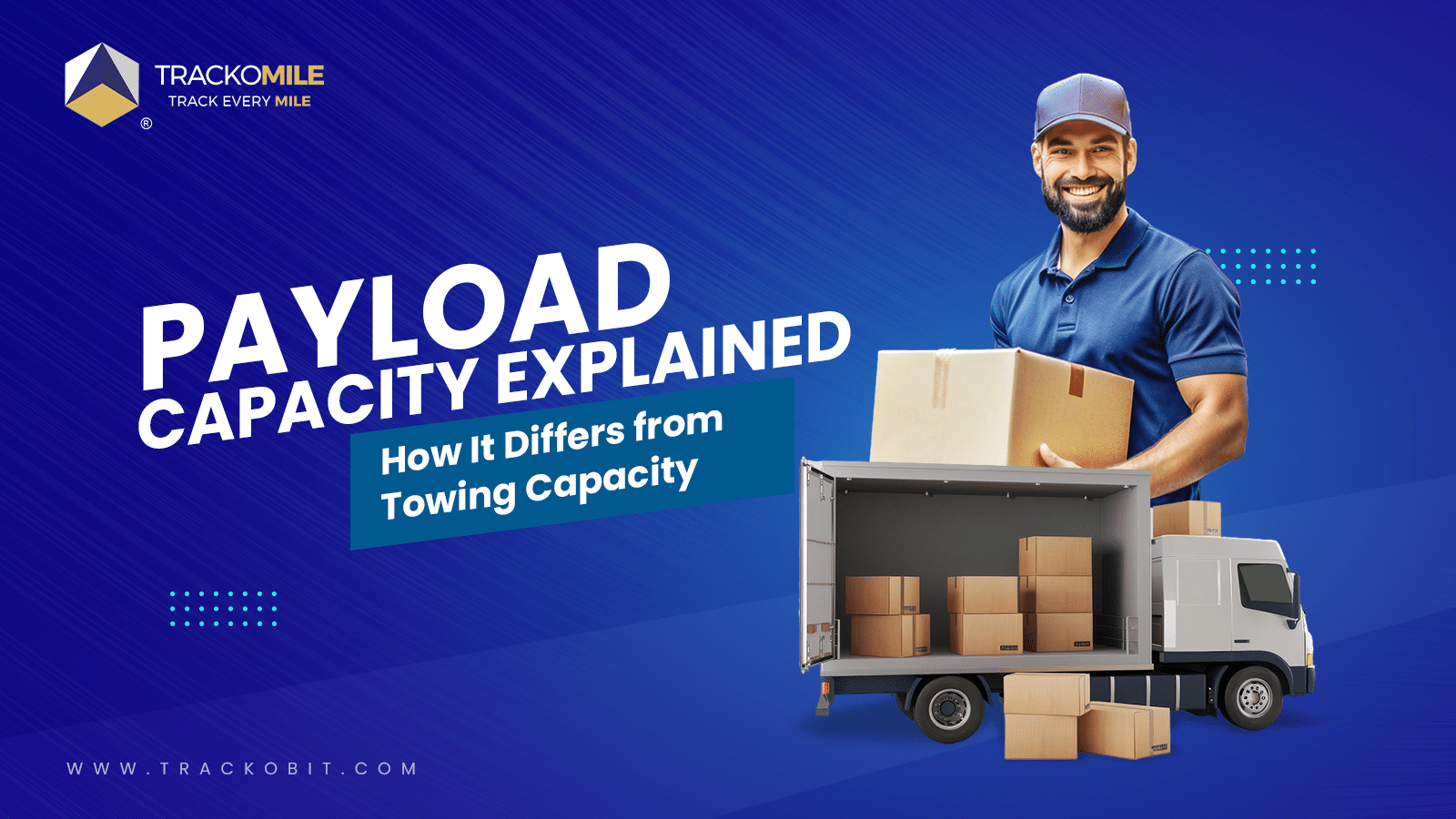
What is Payload Capacity? Payload Capacity Vs. Towing Capacity
Tithi Agarwal September 10, 2024Payload capacity is the total weight a vehicle can safely carry, and it is crucial for safety and compliance. Exceeding…

Subscribe for weekly tips to supercharge your last-mile delivery.
Your inbox awaits a welcome email. Stay tuned for the latest blog updates & expert insights.
"While you're here, dive into some more reads or grab quick bites from our social platforms!"Stay Updated on tech, telematics and mobility. Don't miss out on the latest in the industry.
We use cookies to enhance and personalize your browsing experience. By continuing to use our website, you agree to our Privacy Policy.



































